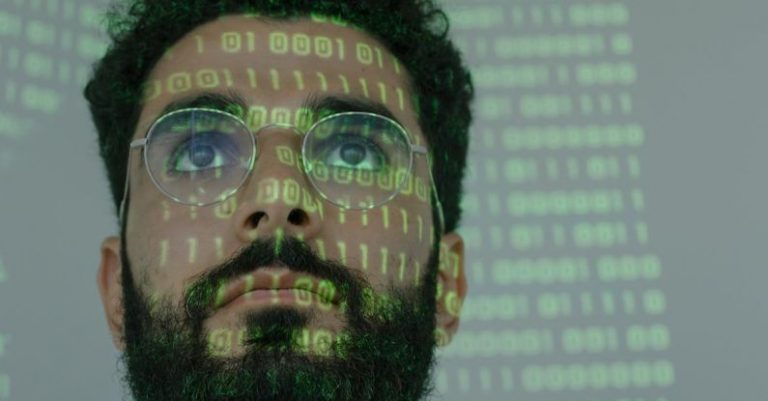
In today’s digital age, where technology plays a significant role in our daily lives, the importance of cybersecurity cannot be overstated. As more and more of our personal and professional information is stored online, the risk of cyber threats continues to grow. Understanding the common cybersecurity threats is crucial for individuals and organizations to protect themselves from potential attacks.
Phishing Attacks
Phishing attacks are one of the most common forms of cyber threats. This type of attack involves sending fraudulent emails or messages that appear to be from a reputable source, such as a bank or a government agency. The goal of phishing attacks is to trick individuals into providing sensitive information, such as login credentials or financial details. These attacks often use social engineering tactics to manipulate the recipient into taking action, such as clicking on a malicious link or downloading an attachment.
Ransomware
Ransomware is a type of malware that encrypts a victim’s files and demands a ransom in exchange for the decryption key. This form of cyber threat can be devastating for individuals and organizations, as it can result in the loss of important data and financial costs. Ransomware attacks often target businesses, healthcare providers, and government agencies, as these organizations are more likely to pay the ransom to regain access to their files.
Malware
Malware, short for malicious software, is a broad category of software designed to damage or gain unauthorized access to a computer system. Malware can take many forms, including viruses, worms, trojans, and spyware. Once installed on a device, malware can steal sensitive information, disrupt operations, or even take control of the system. Malware is often spread through malicious websites, email attachments, or infected USB drives.
Social Engineering
Social engineering is a technique used by cybercriminals to manipulate individuals into divulging confidential information or performing actions that compromise security. This form of attack relies on human psychology rather than technical vulnerabilities. Social engineering tactics can include impersonating a trusted individual, creating a sense of urgency, or exploiting emotions such as fear or curiosity. By preying on human behavior, social engineering attacks can be highly effective in bypassing traditional security measures.
Distributed Denial of Service (DDoS) Attacks
A Distributed Denial of Service (DDoS) attack is a malicious attempt to disrupt the normal traffic of a targeted server, service, or network by overwhelming it with a flood of internet traffic. DDoS attacks can render websites and online services unavailable to legitimate users, causing significant downtime and financial losses for businesses. These attacks are often carried out using botnets, which are networks of compromised devices controlled by the attacker.
Insider Threats
Insider threats refer to security risks that originate from within an organization, such as employees, contractors, or business partners. These individuals may intentionally or unintentionally compromise security by leaking sensitive information, stealing intellectual property, or installing malware on company devices. Insider threats can be difficult to detect and mitigate, as the perpetrators often have legitimate access to the organization’s systems and data.
Protecting Against Cybersecurity Threats
To protect against cybersecurity threats, individuals and organizations must implement robust security measures and practices. This includes using strong, unique passwords, keeping software and systems up to date, being cautious of unsolicited emails or messages, and educating employees about cybersecurity best practices. Additionally, investing in cybersecurity tools such as firewalls, antivirus software, and intrusion detection systems can help mitigate the risk of cyber attacks.
In conclusion, cybersecurity threats are a constant and evolving risk in today’s interconnected world. By understanding the common types of cyber threats and taking proactive steps to protect against them, individuals and organizations can safeguard their data and operations from potential harm. Stay vigilant, stay informed, and stay secure in the digital landscape.





